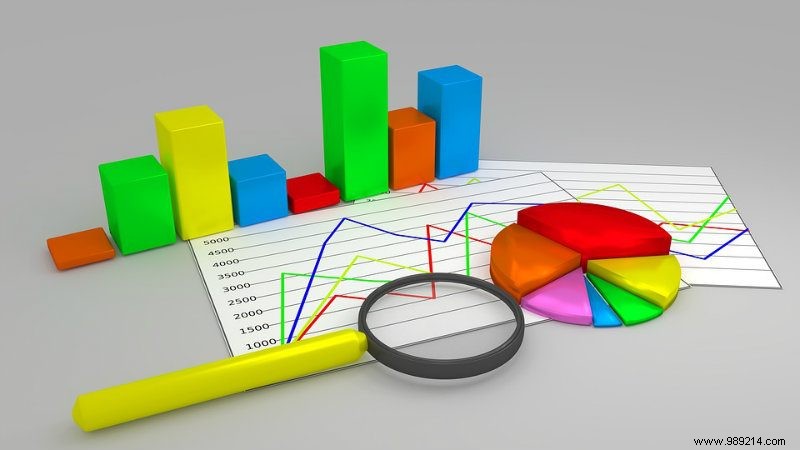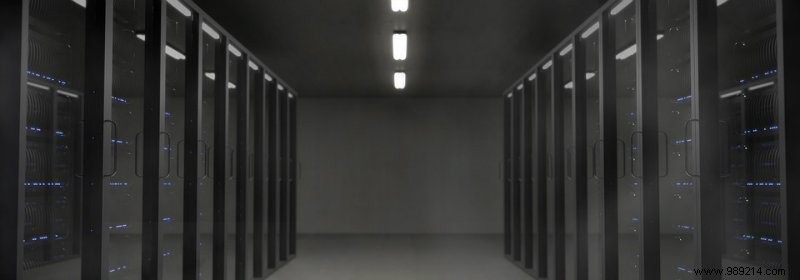Big Data is the buzzword in the tech scene these days. Like the cloud, AI and machine learning, the concept is quite tricky to explain.
SummaryHow much data is stored today?Characteristics of Big DataStudying Big Data1. Capture data2. Curation3. Data indexing – Making data searchable4. Storage5. Data analysis6. Sharing and transfer7. Visualization8. Information PrivacyBenefits of Big DataCommon Pitfalls You Should Be Aware ofConcludingNo wonder so many conspiracy theorists are having a blast. They now teach their disturbing versions to curious audiences. First of all, there is no connection between this concept and world domination. You can rest easy now.
So what does big data mean?
This means a huge volume of data . But this does not end here. It also encompasses the study of this huge amount of data with the aim of discovering a pattern. It is a cost-effective and complicated way of processing information to find useful information.

Big Data has five characteristics that describe its use and philosophy:

Analyzing such a large volume of data is very complicated. Every day, programmers write new algorithms to process large data sets. This level of complexity also means that a lot of complicated hardware has to participate in the process.
But for the sake of simplicity, here's a high-level overview of the processes involved.
The first step is to enter the data. You can only grow your data library if you have a way to get data. Use a sophisticated algorithm to find the data needed to populate your data library.
The system organizes the captured data and sorts it into smaller units. An algorithm is also responsible for this process. The reason for this sorting is to allow for simplification in the later stage of the process.
Due to the speed of data flow, data scientists organize datasets into a searchable library. The system organizes and indexes everything. This way anyone can browse it and get information – in real time.

While all the above processes are going on, the system is simultaneously storing data. But because it is still raw and intact, the data is only stored temporarily. Indexing and storage occur simultaneously. Thus, at all times, the algorithm in control knows where to find a data set.
At this point, a lot is happening under the infrastructure hood. Many algorithms are running and computer processors are getting hot. The system examines stored datasets and analyzes patterns.
Here, the system makes the analyzed dataset shareable and transferable. This newly generated data is also always ready to undergo the whole process again.

Patterns discovered in data analysis create visual descriptions using an algorithm. These illustrations show the relationships between various data sets and data types. It also provides models and inferences.
All of the above processes are expensive. They are also confidential and must not escape from the company concerned. Confidentiality of information is the final process of this concept.
Be aware that while the system serializes the whole process, everything happens simultaneously in real life. Many processors can handle one set of operations while others handle other sets.

Many companies are investing heavily in this technology. For good reason too. The benefits of implementing this concept into business strategy justify the investment.

Yes, Big Data can help make your job easier, more enjoyable and more profitable. But these are not just roses without thorns. Users have encountered some of the pitfalls listed below:
Big Data is a complex subject and will require intensive research and perhaps actual practice to fully understand it. But with this article, you are on the right track. The benefits are considerable and the advancement will not slow down any time soon. If you're a business looking for innovative solutions, you'll want to jump on the bandwagon NOW!